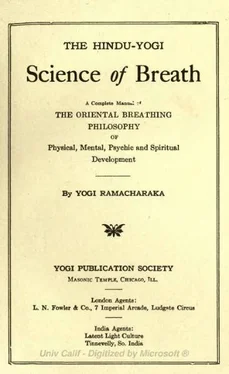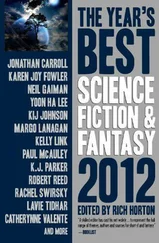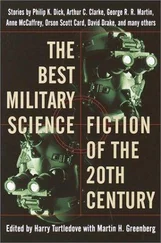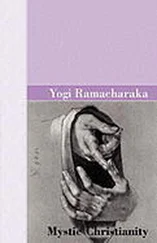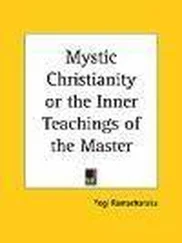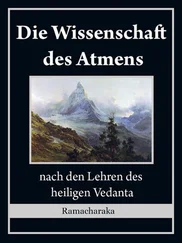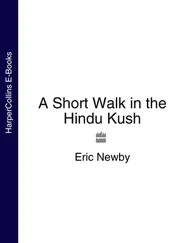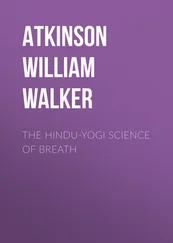The Occidental teachings show that the physical health depends very materially upon correct breathing. The Oriental teachers not only admit that their Occidental brothers are right, but say that in addition to the physical benefit derived from correct habits of breathing, Man's mental power, happiness, self-control, clear-sightedness, morals, and even his spiritual growth may be increased by an understanding of the "Science of Breath." Whole schools of Oriental Philosophy have been founded upon this science, and this knowledge when grasped by the Western races, and by them put to the practical use which is their strong point, will work wonders among them. The theory of the East, wedded to the practice of the West, will produce worthy offspring.
This work will take up the Yogi "Science of Breath," which includes not only all that is known to the Western physiologist and hygienist, but the occult side of the subject as well. It not only points out the way to physical health along the lines of what Western scientists have termed "deep breathing," etc., but also goes into the less known phases of the subject, and shows how the Hindu Yogi controls his body, increasing his mental capacity, and develops the spiritual side of his nature by the "Science of Breath."
The Yogi practices exercises by which he attains control of his body, and is enabled to send to any organ or part an increased flow of vital force or "prana," thereby strengthening and invigorating the part or organ. He knows all that his Western scientific brother knows about the physiological effect of correct breathing, but he also knows that the air contains more than oxygen and hydrogen and nitrogen, and that something more is accomplished than the mere oxygenating of the blood. He knows something about "prana," of which his Western brother is ignorant, and he is fully aware of the nature and manner of handling that great principle of energy, and is fully informed as to its effect upon the human body and mind. He knows that by rhythmical breathing one may bring himself into harmonious vibration with nature, and aid in the unfoldment of his latent powers. He knows that by controlled breathing he may not only cure disease in himself and others, but also practically do away with fear and worry and the baser emotions.
To teach these things is the object of this work. We will give in a few chapters concise explanations and instructions, which might be extended into volumes. We hope to awaken the minds of the Western world to the value of the Yogi "Science of Breath."
CHAPTER III. THE EXOTERIC THEORY OF BREATH.
In this chapter we will give you briefly the theories of the Western scientific world regarding the functions of the respiratory organs, and the part in the human economy played by the breath. In subsequent chapters we will give the additional theories and ascertained facts of the Oriental school of thought and research. The Oriental accepts the theories and facts of his Western brothers (which have been known to him for centuries) and adds thereto much that the latter do not now accept, but which they will in due time "discover" and which, after renaming, they will present to the world as a great truth.
Before taking up the Western idea, it will perhaps be better to give a hasty general idea of the Organs of Respiration.
The Organs of Respiration consist of the lungs and the air passages leading to them. The lungs are two in number, and occupy the pleural chamber of the thorax, one en each side of the median line, being separated from each other by the heart, the greater blood vessels and the larger air tubes. Each lung is free in all directions, except at the root, which consists chiefly of the bronchi, arteries and veins connecting the lungs with the trachea and heart. The lungs are spongy and porous, and their tissues are very elastic. They are covered with a delicately constructed but strong sac, known as the pleural sac, one wall of which closely adheres to the lung, and the other to the inner wall of the chest, and which secretes a fluid which allows the inner surfaces of the walls to glide easily upon each other in the act of breathing.
The Air Passages consist of the interior of the nose, pharynx, larynx, windpipe or trachea, and the bronchial tubes. When we breathe, we draw in the air through the nose, in which it is warmed by contact with the mucous membrane, which is richly supplied with blood, and after it has passed through the pharynx and larynx it passes into the trachea or windpipe, which subdivides into numerous tubes called the bronchial tubes (bronchia), which in turn subdivide into and terminate in minute subdivisions in all the small air spaces in the lungs, of which the lungs contain millions. A writer has stated that if the air cells of the lungs were spread out over an unbroken surface, they would cover an area of fourteen thousand square feet.
The air is drawn into the lungs by the action of the diaphragm, a great, strong, flat, sheet-like muscle, stretched across the chest, separating the chest-box from the abdomen. The diaphragm's action is almost as automatic as that of the heart, although it may be transformed into a semi-voluntary muscle by an effort of the will. When it expands, it increases the size of the chest and lungs, and the air rushes into the vacuum thus created. When it relaxes the chest and lungs contract and the air is expelled from the lungs.
Now, before considering what happens to the air in the lungs, let us look a little into the matter of the circulation of the blood. The blood, as you know, is driven by the heart, through the arteries, into the capillaries, thus reaching every part of the body, which it vitalizes, nourishes and strengthens. It then returns by means of the capillaries by another route, the veins, to the heart, from whence it is drawn to the lungs.
The blood starts on its arterial journey, bright red and rich, laden with life-giving qualities and properties. It returns by the venous route, poor, blue and dull, being laden down with the waste matter of the system. It goes out like a fresh stream from the mountains; it returns as a stream of sewer water. This foul stream goes to the right auricle of the heart. When this auricle becomes filled, it contracts and forces the stream of blood through an opening in the right ventricle of the heart, which in turn sends it on to the lungs, where it is distributed by millions of hair-like blood vessels to the air cells of the lungs, of which we have spoken. Now, let us take up the story of the lungs at this point.
The foul stream of blood is now distributed among the millions of tiny air cells in the lungs. A breath of air is inhaled and the oxygen of the air comes in contact with the impure blood through the thin walls of the hair-like blood vessels of the lungs, which walls are thick enough to hold the blood, but thin enough to admit the oxygen to penetrate them. When the oxygen comes in contact with the blood, a form of combustion takes place, and the blood takes up oxygen and releases carbonic acid gas generated from the waste products and poisonous matter which has been gathered up by the blood from all parts of the system.
The blood thus purified and oxygenated is carried back to the heart, again rich, red and bright, and laden with life-giving properties and qualities. Upon reaching the left auricle of the heart, it is forced into the left ventricle, from whence it is again forced out through the arteries on its mission of life to all parts of the system. It is estimated that in a single day of twenty-four hours, 35,000 pints of blood traverse the capillaries of the lungs, the blood corpuscles passing in single file and being exposed to the oxygen of the air on both of their surfaces. When one considers the minute details of the process alluded to, he is lost in wonder and admiration at Nature's infinite care and intelligence.
Читать дальше
